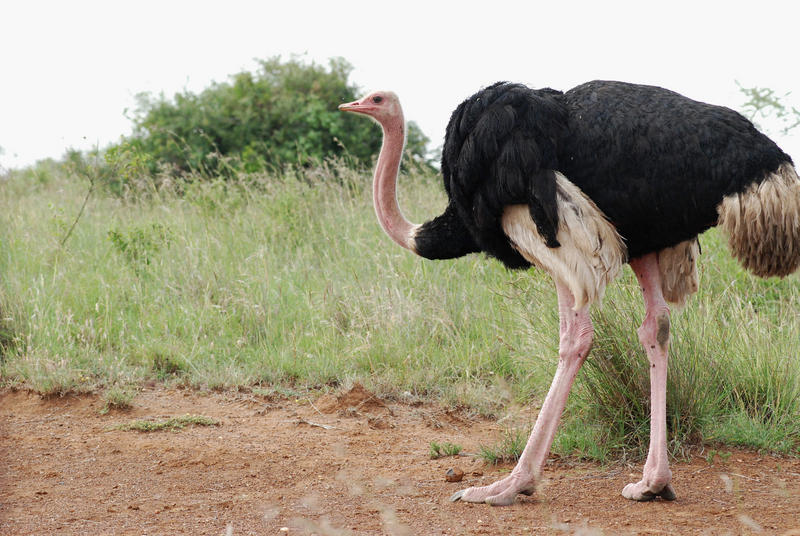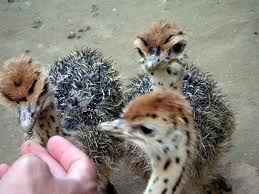Surely, the ostrich can be classified to be the largest among all the living birds on the face of the earth. The adult males can reach to the height of about 2.4 m together with a weight of about 100 KG. Although they are categorized among the birds, they are unable to fly. The reason for this can be linked …
Read More »Ostrich
Ostrich Physical Chracteristics And Marketing
Ostrich is the recently domesticated bird. Ostrich is the largest known bird and some scientists believe that the present bird developed from ancestors that were capable to flight. The ostrich of today cannot fly, but does run well and is capable of speeds of 50 miles per hour with strides of 15 feet (for very large bird the stride may …
Read More »Brooding And Rearing Of Ostrich Chicks,Poultry Management Guide
Brooding and Rearing The brooding period is a very critical time and can be a time of high mortality, if proper management is not used. The brooding arrangement must protect chicks from predators and inclement weather . The arrangement should be sanitary, dry and well-ventilated. The floor pen must be rough enough to provide firm footing for the chicks. Not to cover …
Read More »

